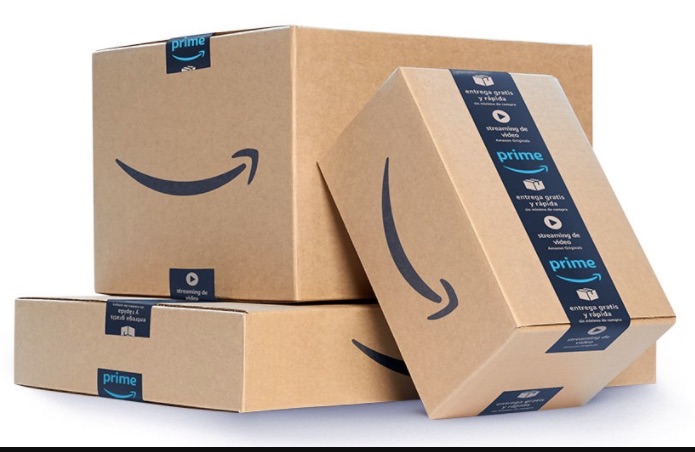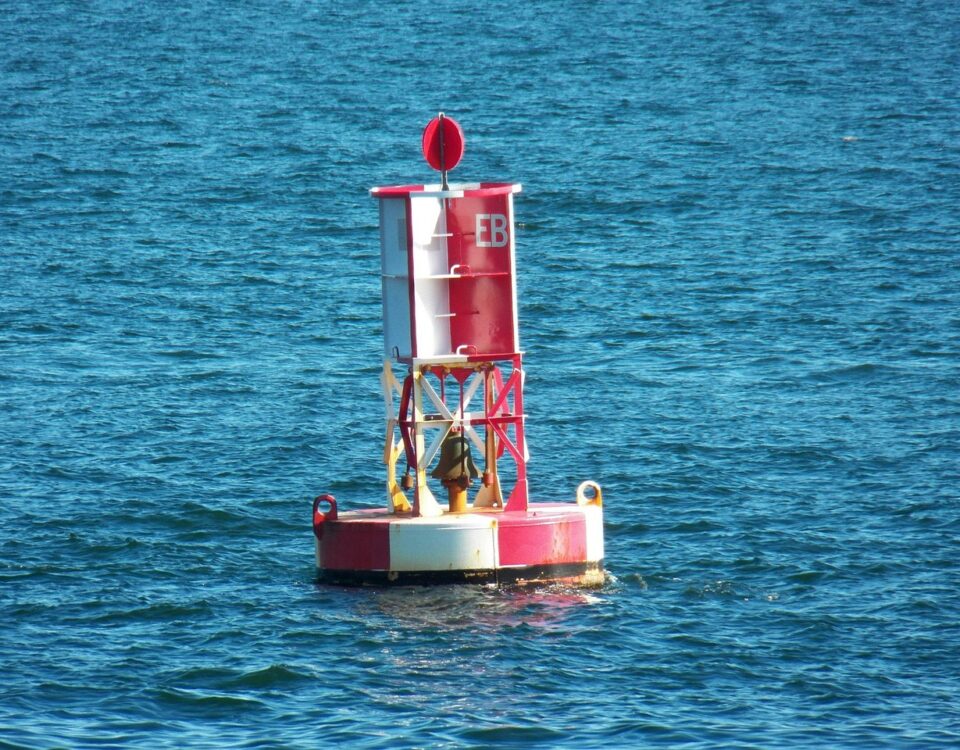
Our Weekly Economic News Roundup: From Burp Taxes to Oreo Packages
August 23, 2025
How the Fed Disagrees With “The Economist”
August 25, 2025We might not be getting our packages from DHL. Like many others, they’ve temporarily suspended deliveries on imports.
The reason is tariff uncertainty.
The De Minimis Tariff
History
Because customs wanted to avoid “spending a dollar to collect 50 cents, ” it made no sense to tax cheap imports. As a result, since 1938, inexpensive packages have been entering the U.S. duty free. In the beginning, the threshold was $1. Raised several times by the Congress, more recently, the no-tax amount climbed to $800.
Then though, on February 1, the President ended the exemption and also slapped an extra 10% on all Chinese imports.
Immediately, however, more than one million low value packages piled up at JFK Airport in NYC. The illogic that had been cited almost 100 years ago when the exemption began became a reality. So, on February 7, a week later, the exemption returned.
Now, President Trump reversed his reversal.
Now
Next Friday (August 29) de minimis ends.
Responding, shippers worry that unexpected storage or send-back fees could be pricey. As a result, until they’ve clarified the new U.S. tariff rules, a long list of countries have temporarily suspended shipments. The list includes Austria, Belgium, Denmark, Sweden, and a slew of Asian countries. Similarly, the international carrier, DHL said its German parcel service would only deliver “gift” packages originating in Germany sent to consumers that are worth no more than $100.
Our Bottom Line: Tariff Incentives
The de minimis exemption is the perfect example of a tax incentive.
During the first Trump administration, when higher tariffs increased the price of importing bulk shipments of low price items, importers realized that separate packages had to enter the U.S…..and they did. Mexican warehouse workers separated bulk shipments of low value items into smaller packages that then were sent to U.S. consumers. It was called the “Tijuana two-step.”
Now, de minimis’s disappearance creates some new incentives.
Suddenly, Foreign Trade Zones (FTZs) are more popular. Created by the Congress in 1934, the Zone is actually a U.S. warehouse that receives packages with unpaid tariffs. Then, when the consumer buys the item, the tariff kicks in. You can see that the trade zone shifts the tariff from the importer directly to the consumer.
But perhaps the tariff created the most persuasive incentive–not to send the package.
My sources and more: The NY Times and WSJ, here and here, had the de minimis update. Then, for the past, this podcast had the de minimis details as did The Economist, this CATO blog and Reuters.
Please note that several of today’s sentences were in a past econlife post.
![econlifelogotrademarkedwebsitelogo[1]](/wp-content/uploads/2024/05/econlifelogotrademarkedwebsitelogo1.png#100878)




